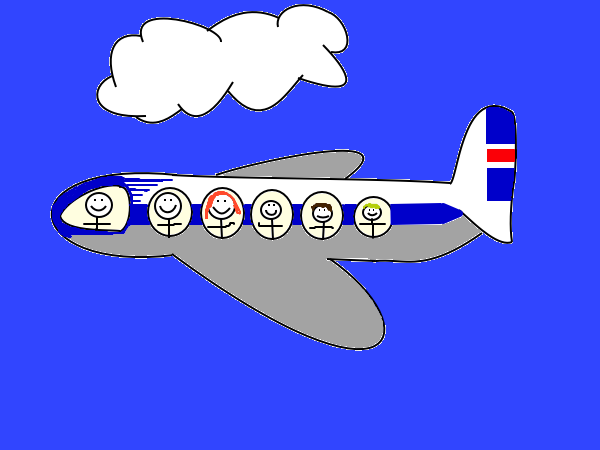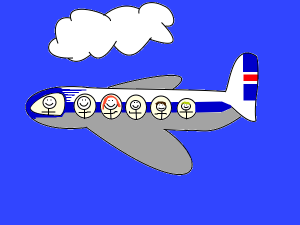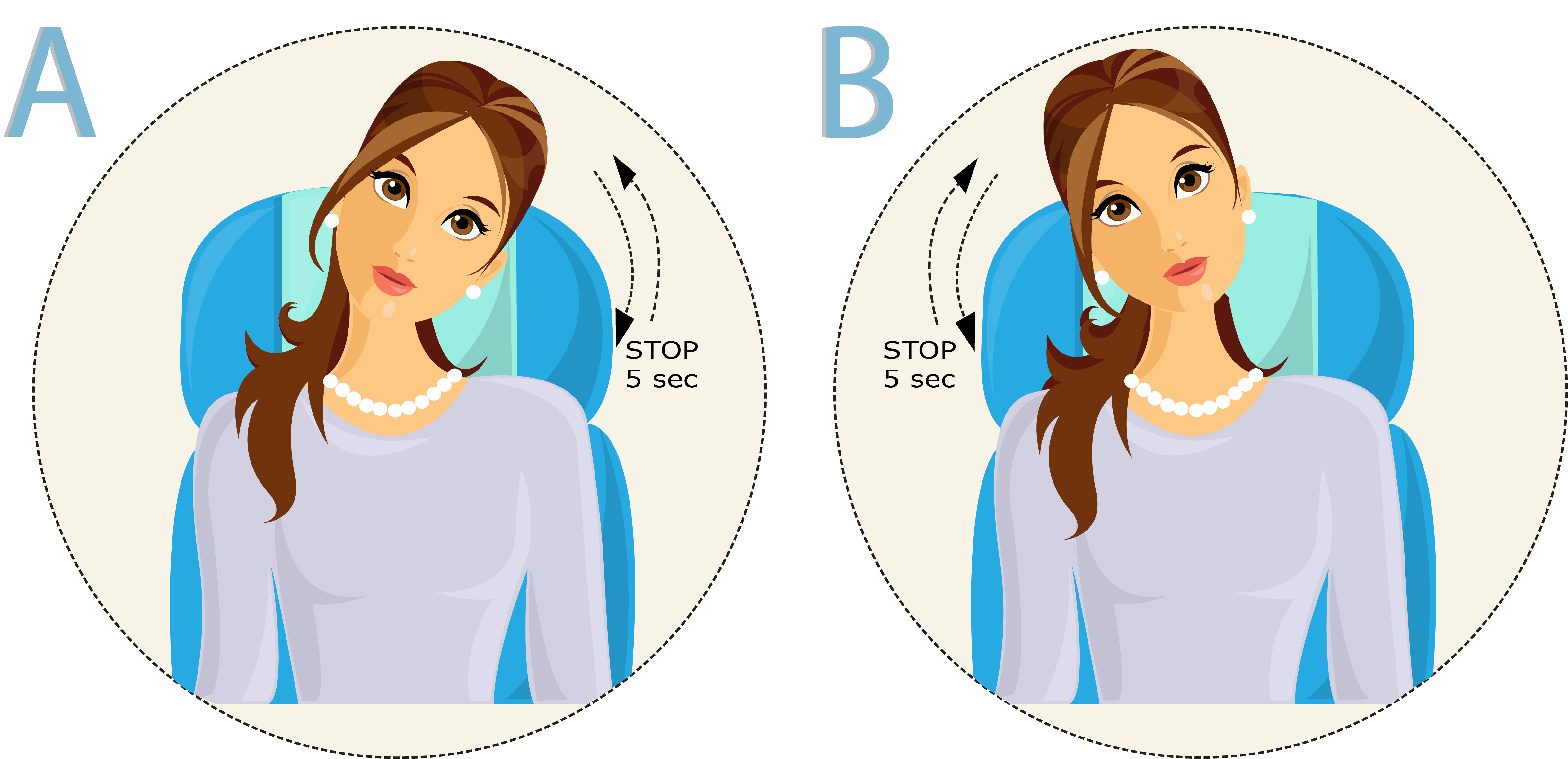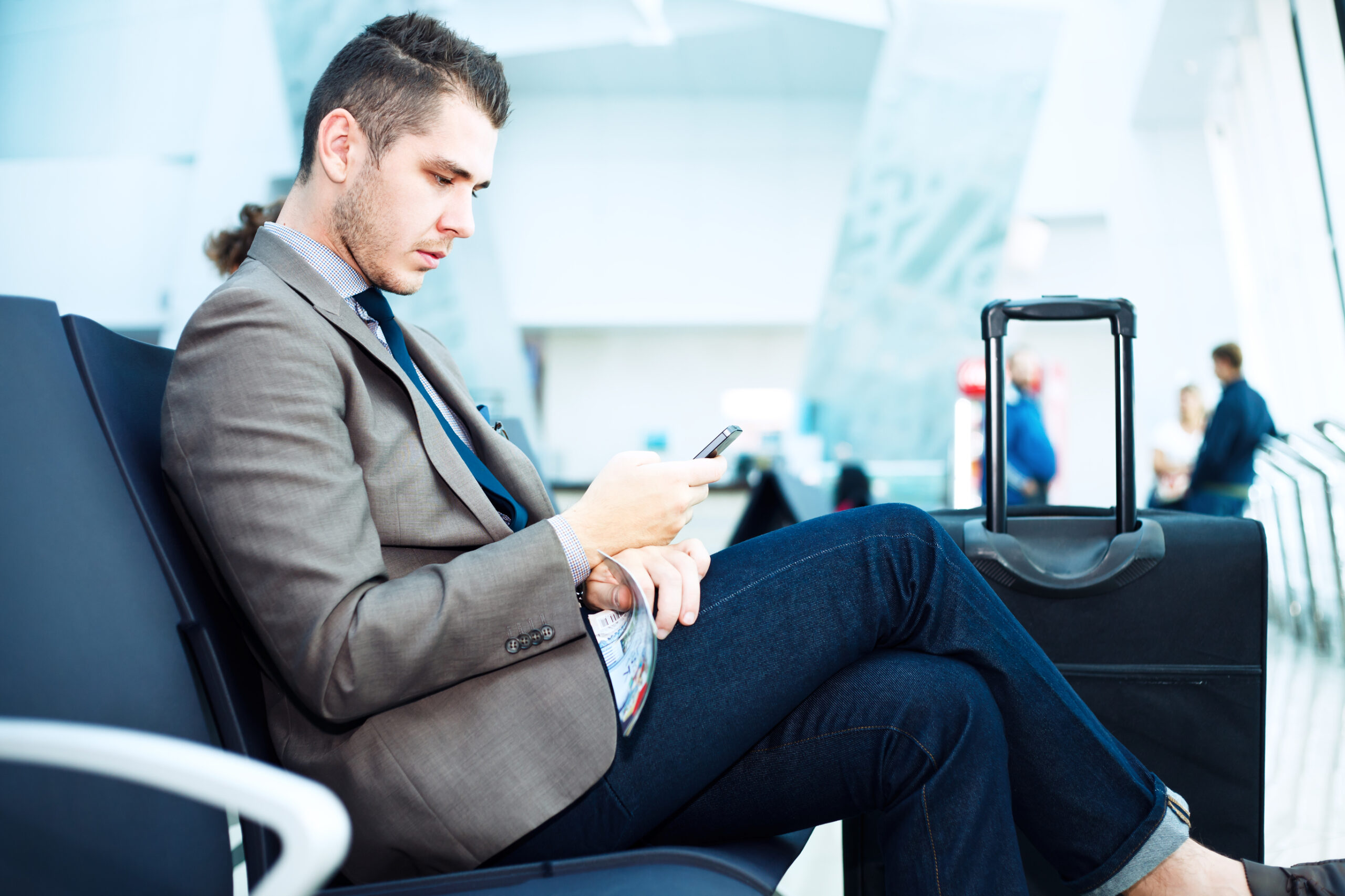By: Margret Pala Olafsdottir.
Summer holidays, winter breaks. Or simply the Christmas or Easter holidays. There is a feeling of mystery and excitement attached to these words, not least if the family is planning a trip together, poring over colourful pamphlets with images of families playing on the beach at the height of summer or flying down the piste on newly fallen snow. Then the count-down and the saving up of spending money in transparent containers – or however parents choose to prepare for the trip – begins.
Adults know what travel entails. They know that the journey is long, flying is tiresome and getting everyone to the destination can often be difficult. They know that this is what must be endured to get to a dream holiday location and are ready to make this sacrifice. Children don’t think about this aspect of the trip; they just think about the fun they’ll have when they get there. Now we get to the travel guidance and advice, which is the responsibility of the parent, parents or other adults who are responsible for the children.
The adults must prepare for the journey itself and take care to include a travel bag that is available whenever needed; carry-on luggage should, as a rule, be on wheels to drag so as to protect tired shoulders. In addition, it is a good idea for children and youngsters to have their own small bag or backpack that they must take responsibility for. Simple versions of these with wheels are widely available. They should decide for themselves what to take on the trip, preferably restricting themselves to small toys, books and electronic amusement games. Makes sure that all the luggage, both large and small, is ready in good time so as to prevent stress at the last minute, as stress can bring out the worst in both children and adults.
Catching a flight from Iceland generally means that tired parents need to haul their children out of bed in the middle of the night, something which is fairly hard to do. The key thing is to give yourself plenty of time to wake up, dress, provide some nourishment and calmly get everyone going. The quality of inter-personal relationships is the responsibility of the parents and not the children, so make sure you show your happiness and positive outlook.
There are numerous possibilities to pass the time during the wait at the airport. One idea is to split up so that one parent looks after the children while the other takes care of the check-in or fetches the luggage at the destination. You can also amuse them and chat. You should keep in mind that some children react to excitement and new circumstances with surprise and even shyness, in which case a reliable parental embrace is invaluable. Others react by needing to let off steam, so remember that moving about and running a bit is not forbidden at airports – just so long as the rights of other travellers to peace and quiet is respected. Many people forget that children need many and small refreshments throughout the day, so it is a good idea to pack appropriate snacks and drink cartons in the travel bag. In addition, children don’t feel thirsty even if the body needs fluids as is the case on long flights and in excessive heat. It simply manifests as irritability. This is why you will need plenty of water and other refreshing drinks at hand and will have to take the child to the lavatory quite often – a good thing, really, as everyone benefits from moving around a bit.
The attraction of the bag of games and the entertainment on board is quick to pall. The trick here is to be one step ahead of the child before the boredom and tiredness sets in with negative consequences for the child, the parents and possibly all fellow travellers. Use good old word games such as “What did you do with the money the lady in Hamburg gave you yesterday?” and other wordplay games, or devise a quiz.
In short, pay full attention to the children, respond to their needs and remember that alcohol consumption and children do not mix well while travelling. This applies equally to the children’s travel guide as to the pilot sitting in the cockpit.
Margrét Pála Ólafsdóttir is the author of Hjallastefna (Hjalla policy). Hjallastefna is both a methodology used in nursery and primary schools as well as an educational company that operates numerous nursery and primary schools in Iceland. Margrét Pála is educated as a nursery school teacher, has a diploma in school management, M.Ed in child development and teaching and an MBA diploma.














